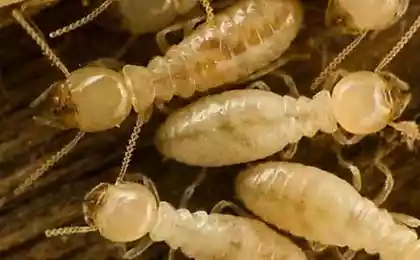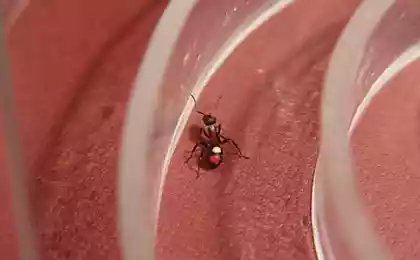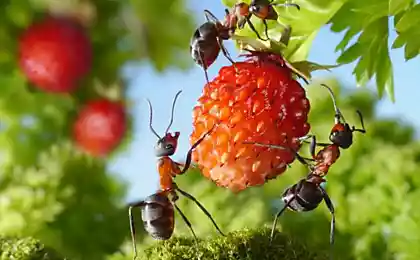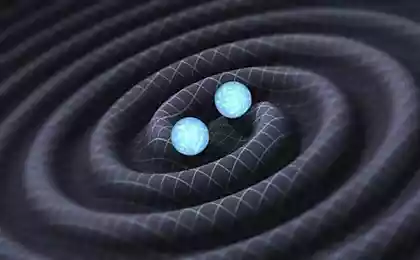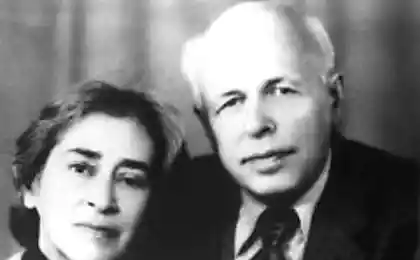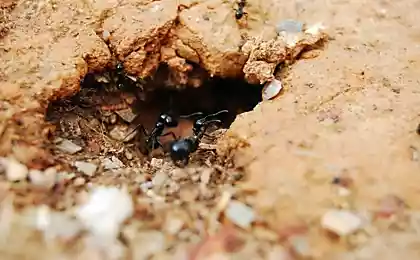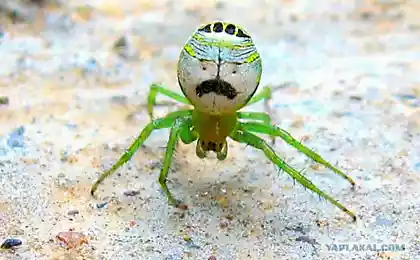232
Body language of the universe: how nature communicates with invisible signals

In the vast diversity of the living world, there is an amazing language that binds all beings together. This tongue is invisible to the eye, but it is felt in every breath of wind, in every rustling of leaves, and in every note of bird song. Nature communicates with us and with each other through a complex network of signals and interactions, revealing mysteries that we are just beginning to understand.

Amazing ways to communicate plants and animals
When we think of communication in nature, the first thing that comes to mind is the sounds of animals. However, the world of living beings is full of much more complex and sophisticated ways of exchanging information.
- Pheromones: Many insects, including butterflies and ants, use chemical signals to transmit messages. Pheromones can warn of danger, attract a partner, or point the way to food.
- Visual cues: Bright colors of birds and fish serve not only for beauty, but also for communication. They can signal readiness to mate or warn of poison.
- Tactile communication: Examples include touching elephants with their trunks or dancing bees with which they report the location of nectar.
- Sound signals: Whale singing, bat ultrasonic cues, and even fish screaming underwater are all examples of sound communication in the animal kingdom.
- Electric fields: Some species of fish, such as electric eels, use electrical impulses to navigate and communicate.
Secret Tree Signals Through Root Systems
Trees that seem to us still and silent, in fact, communicate actively through their root systems. This phenomenon is known as the Wood Wide Web.
Mykoriza: The roots of trees are linked to fungi in a symbiotic relationship, forming an underground network. Through this network, trees exchange nutrients, alert each other to threats such as pests or drought.
“Research has shown that trees of the same species can transfer nutrients to weaker neighbors, supporting them in difficult times,” says Professor of Ecology Suzanne Simard.
In addition, trees can release chemicals into the air to alert neighbors to danger. For example, if one tree is attacked by insects, other trees pick up signals and begin to produce protective substances.

How ants and bees create complex communities
Ants and bees are masters of organization and communication. Their communities function as a single organism thanks to complex information-sharing systems.
Bee dance: The worker bees perform a special “dance,” telling other bees the direction and distance to the nectar source. This dance involves certain movements and vibrations that are easily interpreted by other members of the hive.
Ant pheromones: Ants use chemical trails to navigate and coordinate activities. When an ant finds food, it leaves behind a trail of pheromones that other ants can take to the source.
Interesting fact:
Some species of ants are able to combine, creating living bridges from their bodies to overcome obstacles. This requires a high degree of coordination and communication between individuals.
Incredible stories of mutual help in the wild
Nature is full of examples of mutual assistance between different species, demonstrating the complexity and harmony of ecosystems.
- Clusters and cones: Birds tickle feed on the seeds of pine cones. They open cones, allowing seeds to spread and promoting the growth of new trees.
- Ox pickers and rhinos: These small birds clean the skin of rhinos from parasites, getting food, and rhinos get rid of pests.
- Corals and algae: Inside the corals live microscopic algae, which through photosynthesis provide the corals with energy, and in return receive protection and nutrients.
Such mutually beneficial relationships are called symbiosis and are key to the sustainability of many ecosystems.
Hidden mechanisms that a person does not yet understand
Despite significant advances in science, many mechanisms of communication in nature remain a mystery.
Mushroom communication: Mushrooms form huge underground networks that can span kilometers. Exactly how they exchange information and coordinate growth is not fully understood.
The electromagnetic fields of animals: Some species, such as birds and turtles, use the Earth's magnetic field to navigate. The mechanisms of this phenomenon are still being investigated by scientists.
Plant telepathy: Some studies suggest that plants can respond to people’s thoughts and emotions. While this sounds fantastic, this area needs further study.
“We are only beginning to understand how complex and sophisticated communication systems are in nature. Each new discovery opens up even more questions, says Alexander Ivanov, doctor of biology.
Conclusion
Nature is a complex network of interactions and signals that sustain life on our planet. By understanding and respecting these invisible communication systems, we can better appreciate the world around us and our place in it.
Perhaps by listening to the body language of the universe, we can learn to coexist harmoniously with nature and reveal even more of its secrets.
Wonders of friendship: incredible stories about how people find each other
Points of no return: moments that completely change fate





